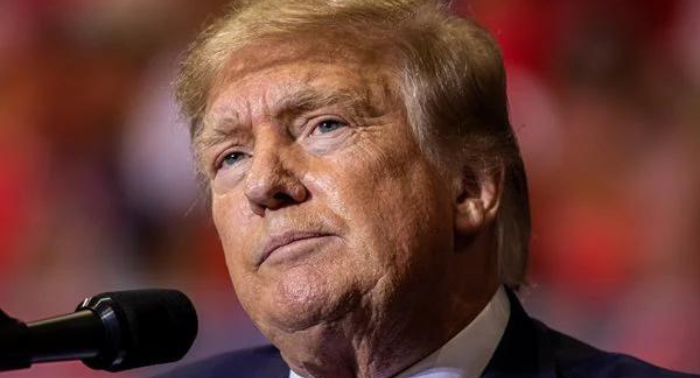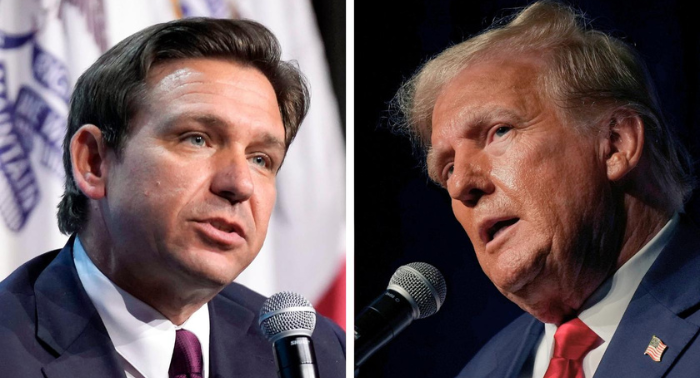Tesla is initiating a widespread recall of over 2 million vehicles sold in the U.S. to address a flaw in their software related to the Autopilot feature. U.S. safety regulators, including the National Highway Traffic Safety Administration, announced this decision following a comprehensive two-year examination of multiple accidents, some fatal, involving Tesla’s semi-autonomous driving system.
The investigation revealed that the Autopilot’s driver attention monitoring system may be insufficient, leading to potential misuse. Despite the recall being a positive move, safety specialists argue that it doesn’t resolve the fundamental issue of Tesla’s automated systems struggling to identify and respond to obstacles.
Affected in the recall are Tesla models Y, S, 3, and X, manufactured between October 5, 2012, and December 7 of the current year. The software update, already rolled out to some vehicles on Tuesday, will be extended to others progressively.
This update enhances the warnings to drivers and restricts the use of Autopilot’s Autosteer feature, which is designed for limited-access highways and not to be confused with the more advanced ‘Autosteer on City Streets’ function. The update will prevent Autosteer from activating under certain conditions, backed by visual and auditory alerts.
New measures include more prominent visual warnings, simplified Autosteer activation, and additional checks on its usage outside of controlled-access roads or near traffic control devices. Repeated failure to demonstrate responsible driving while using Autosteer could lead to suspension of the feature for drivers.
Despite Tesla’s agreement to the recall on December 5, the company initially did not align with the NHTSA’s findings. Auto safety advocates have long urged for more rigorous regulation of driver monitoring systems, advocating for the use of cameras to ensure driver engagement.
Phil Koopman and Michael Brooks from the Center for Auto Safety express concerns that the recall doesn’t address issues with older Tesla models lacking adequate hardware for driver monitoring. They also highlight that the software update doesn’t resolve the problem of Teslas on Autopilot failing to detect and respond to emergency vehicles.
NHTSA maintains its investigation open to monitor the effectiveness of Tesla’s corrective actions. Autopilot, which can control steering, acceleration, and braking within its lane, is a driver-assist system and not a fully autonomous driving solution. Independent tests have shown that the monitoring system is susceptible to manipulation, leading to instances of misuse.
Tesla, in a defect report to the safety agency, acknowledged that the current controls of Autopilot might not prevent driver misuse. The Austin, Texas-based company has not yet responded to requests for further comment.
On its website, Tesla clarifies that both Autopilot and the more advanced Full Self Driving system are designed to assist drivers who must remain vigilant and ready to take control. Full Self Driving is currently undergoing public road tests by Tesla owners.
NHTSA has investigated 35 Tesla crashes since 2016, suspecting the use of automated systems in these incidents, resulting in at least 17 fatalities. This scrutiny is part of a broader investigation into Teslas using Autopilot colliding with emergency vehicles, reflecting NHTSA’s increasing focus on Tesla’s safety issues, including a recall of the Full Self Driving software.
Transportation Secretary Pete Buttigieg has previously remarked on the misleading nature of the term ‘Autopilot’, as the system does not enable the vehicle to drive itself.




